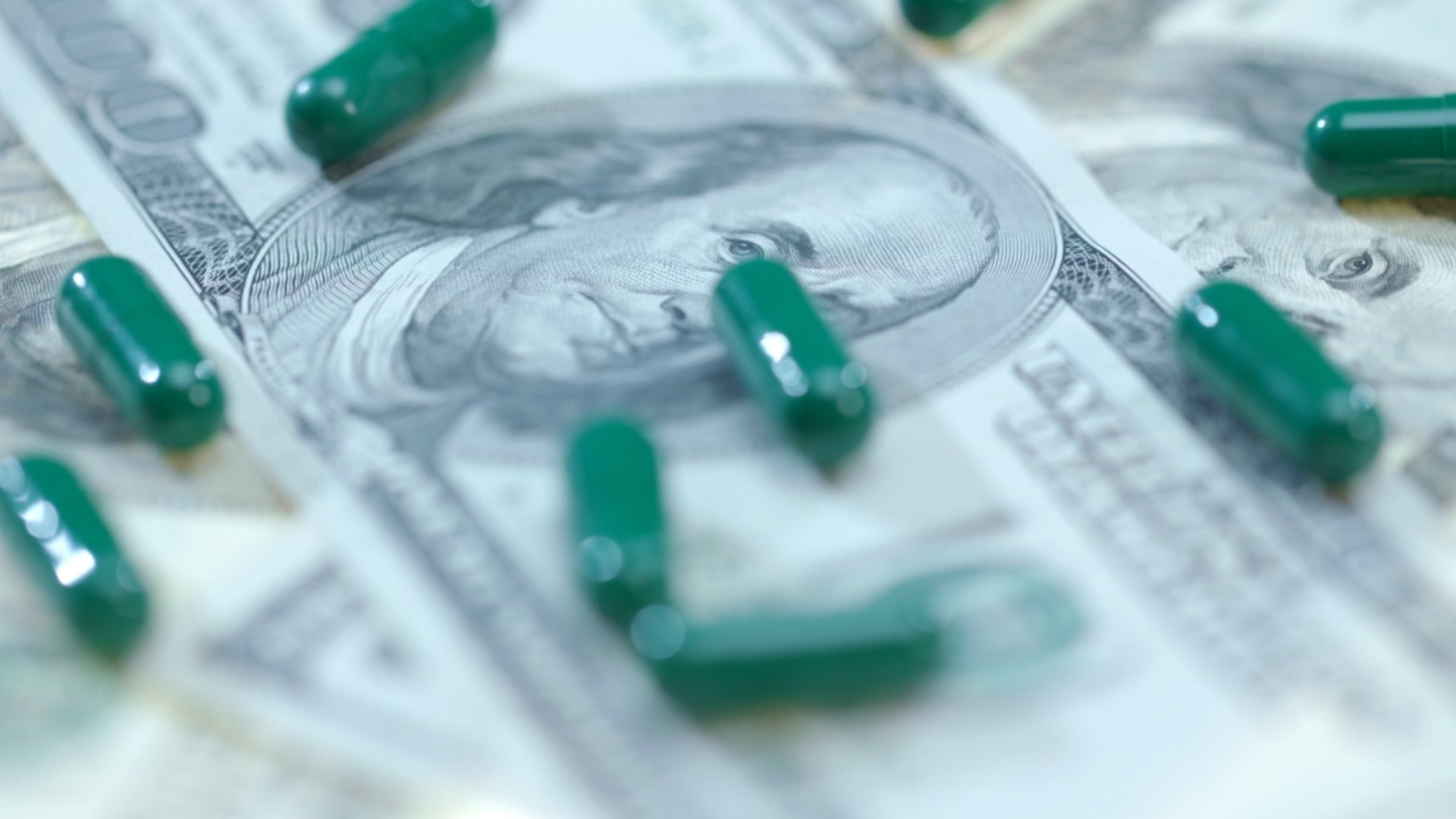RED LION, Pa. — Medical marijuana is big business. Since 37 states legalized it, the medical marijuana market in North America was worth $6.4 billion in 2018 with a projected worth of $26.9 billion by 2026, according to Fortune Business Insights
That still pales in comparison to the potential market for cannabis-derived medications: $300 billion, according to Joe Grzyb, CEO of Groff North America.
Groff NA is one of just four companies federally approved to grow and study cannabis for medical research with a goal of bringing new pharmaceutical drugs to market.
If they’re successful, in five to 10 years “medical marijuana” will more often mean popping a pill rather than packing a bowl.
“You would take it like any other drug you know, once, twice a day prescribed by your doctor in a pill form, in a lozenge form, something of that nature,” said George Hodgin, CEO of Castroville, a California-based Biopharmaceutical Research Company (BRC). Castroville is one of the other companies approved to produce cannabis for research.
“In fact, approved cannabinoid-based medicines will go as far as receiving approvals for insurance reimbursement and government reimbursement as well,” said Oludare Odumosu, CEO of Zelira, a company working to get a cannabis-based insomnia drug, among other medicines, approved by the Food and Drug Administration (FDA).
The scientific community wants to redefine the term “medical marijuana,” which some believe is hurting the credibility of clinical research.
“You have a lot of overlap between the adult use recreational and the medical markets," Hodgin said. "We don't think that's healthy. If you want to call something a medicine, it needs to go through the FDA and be demonstrated safe and effective.”
“You can't have a medicine by people walking into a gas station,” said Mahmoud Elsohly, director of the Marijuana Project at the University of Mississippi, the only federally approved cannabis producer for the last 53 years. “That's not the way we do it. We do medicine.”
In January, Groff NA and BRC became the first to harvest federally legal cannabis under their new authorization.
For now, the University of Mississippi and the four approved companies have a monopoly on federally legal cannabis production. However, other pharmaceutical companies are paying attention.
“They're circling around the space right now,” Hodgin said. “The day they enter the space very materially, I think that the patients in the United States and doctors in the United States will benefit greatly. We'll plan to outcompete them.”
Medical research doesn’t mean recreational use will go up in smoke.
“I think what you'll end up having [are] state legal programs for recreation,” Grzyb said. “Then you'll have FDA-approved medicines being developed by companies like ourselves, university researchers and pharmaceutical companies.”
While the monetary returns for new pharmaceutical drugs may be huge, so is the risk. The median cost of developing a drug from research to market is $985 million, according to a study published in the Journal of the American Medical Association.
Still, the research has already begun. Groff NA is starting its first study, which will look at whether terpenes and other compounds in cannabis could be used to treat drug resistant infections such as MRSA.

